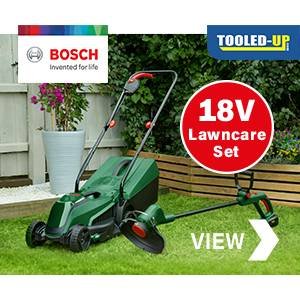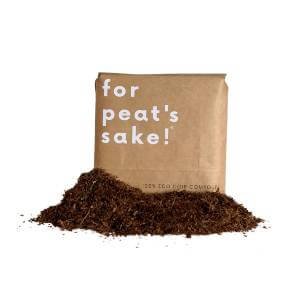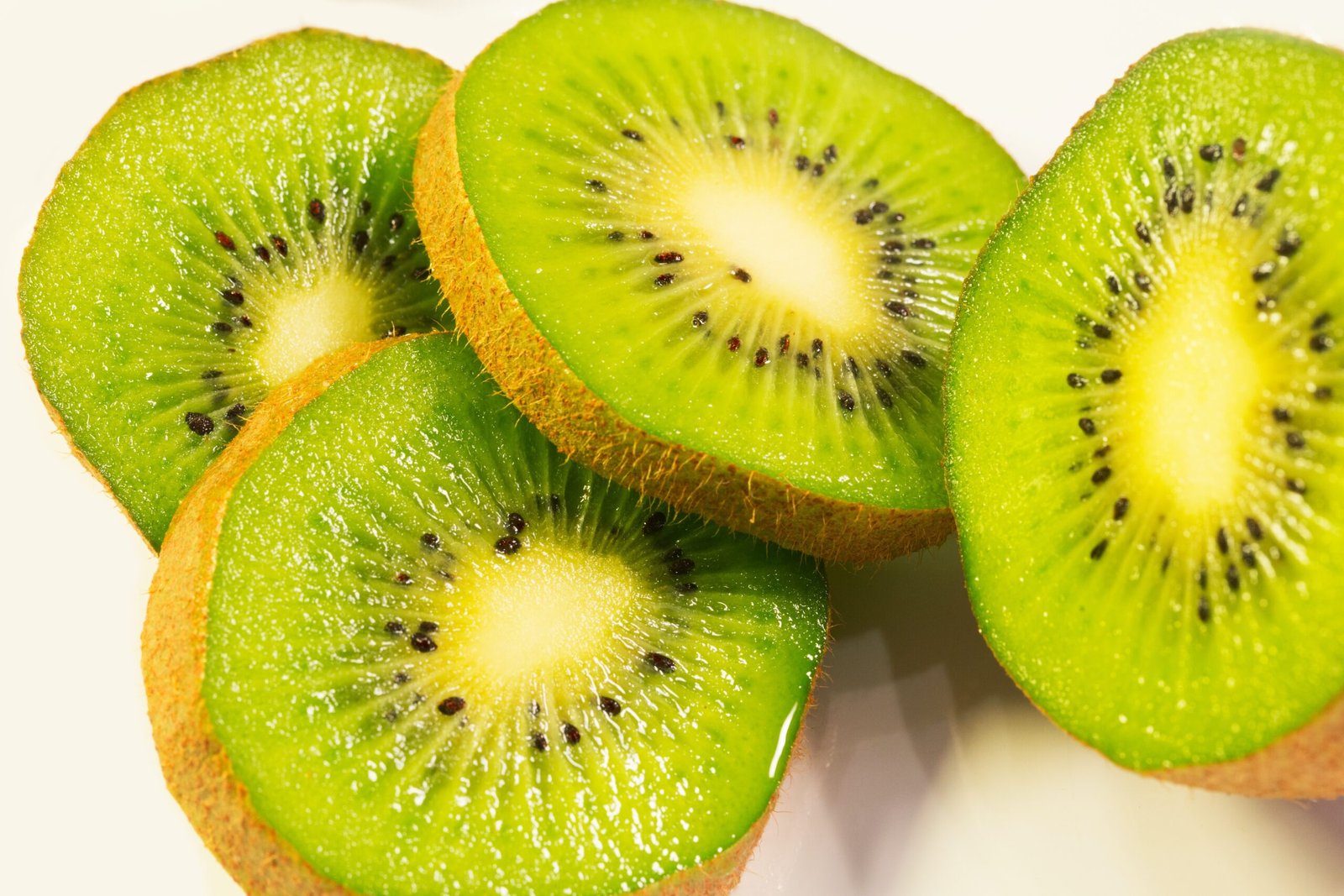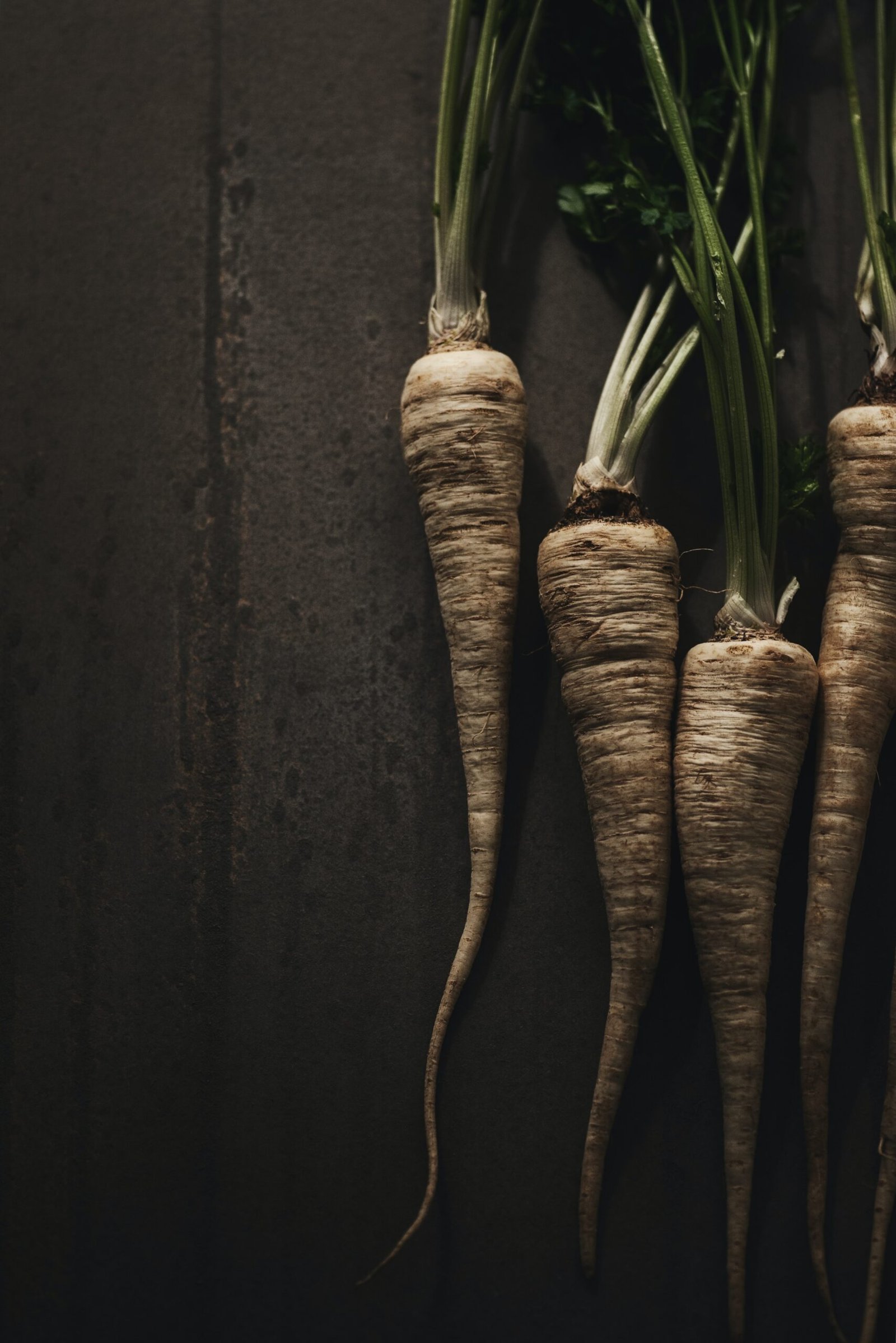Do you know that lettuce is one of the oldest leafy vegetables known to humankind?
It is believed to have been grown for over 4,000 years and was a popular vegetable in the ancient Roman and Egyptian civilizations. Lettuce is a cool-weather crop that can be grown throughout the year in most parts of the UK. There are many different varieties of lettuce, from the crisphead lettuce to the butterhead lettuce, and each has its unique taste and texture.
Lettuce is a relatively easy vegetable to grow and can be grown in both open fields and containers. In this guide, we will show you how to grow lettuce in the UK in just a few easy steps.
We will also provide some tips on the different varieties of lettuce you can grow, as well as some information on the pests and diseases you should be aware of.
Why Grow Lettuce And Not Something Else?
Lettuce is a healthy vegetable that is low in calories and high in vitamins and minerals. It is a good source of dietary fibre, which is important for maintaining a healthy digestive system. Lettuce is also a good source of vitamin A, which is important for vision and skin health, and vitamin K, which is important for bone health.
However, if you’re thinking about why you should only grow lettuce and not something else, then the answer is simple. Because growing lettuce is easy and doesn’t require a lot of space or special equipment. In fact, you can grow it in your backyard or in a small container on your balcony.
What Are Some of the Popular Varieties Of Lettuce To Grow In The UK?
There are many different varieties of lettuce that you can grow in the UK. Some of the most popular varieties include:
Crisphead Lettuce: This type of lettuce has a crisp, crunchy texture and a slightly bitter taste. It is often used in salads and as a garnish.
Butterhead Lettuce: This type has a soft, buttery texture and a sweet taste. The leaves are arranged like the petals of an old English rose. It is often used in sandwiches and wraps.
Romaine Lettuce: Romaine lettuce has tall, dark, green, thick leaves with firm ribs going down the centre. It is the key ingredient used in the infamous Caesar salad.
Loose Leaf Lettuce: Unlike other lettuce, these types don’t have a centre bulk but rather loose leaves that grow outward. They are available in various textures, colours, shapes & tastes.
Iceberg Lettuce: Iceberg lettuce is crisp, crunchy, and has a mild flavour. It is often used in salads, garnishes, or burgers.
How to Grow Lettuce in 8 Easy Steps
Just as much as there are many varieties of lettuce, there are also many ways of growing it. You can grow it in your backyard, or in a container on your balcony. No matter how you choose to grow it, you need to do a few key things to ensure that your lettuce grows healthy and strong.
Step # 1: Choose the Right Location
The first step is to choose the right location for your lettuce. Lettuce is a cool-weather crop and does best in full sun or partial shade. It also prefers well-drained soil with a pH level of 6.0 to 7.0. If you are growing lettuce in a container, make sure that the container has drainage holes.
Step # 2: Prepare the Soil
Once you have chosen the location for your lettuce, it is time to prepare the soil. Lettuce prefers loose, fertile soil that is high in organic matter. You can improve the quality of your soil by adding compost or manure. If you grow lettuce in a container, use a high-quality potting mix.
Step # 3: Sow the Seeds
The next step is to sow the seeds. Lettuce seeds are very small, so it is best to plant them on the soil’s surface and then lightly cover them with the soil. You can also start the seeds indoors 4 to 6 weeks before the last frost date.
Step # 4: Thin the Seedlings
Once the seeds have germinated, you will need to thin out the seedlings. This means that you will need to remove the weaker seedlings so that the stronger seedlings have more room to grow.
Step # 5: Transplant the Seedlings
If you started the seeds indoors, you would need to transplant them outdoors when they are 4 to 6 weeks old. Be sure to harden off the seedlings before transplanting them by slowly acclimating them to the outdoors.
Step # 6: Water the Lettuce
Lettuce needs to be kept evenly moist, so be sure to water it regularly. If you are growing lettuce in a container, make sure that the potting mix does not dry out.
Step # 7: Fertilize the Lettuce
Lettuce is a light feeder, so you will only need to fertilize it every 4 to 6 weeks. A balanced fertilizer such as 10-10-10 or 20-20-20 can be used.
Step # 8: Harvest the Lettuce
You can start harvesting lettuce when the leaves are big enough to eat. crisphead lettuce will be ready to harvest in about 60 days, while butterhead and romaine lettuce will be ready in about 70 days. Loose leaf lettuce can be harvested as soon as the leaves are big enough to eat.
Lettuce Pests and Diseases To Be Aware Of
You should be aware of a few pests and diseases when growing lettuce. These include aphids, slugs, and downy mildew.
Aphids: Aphids are small, soft-bodied insects that can be a variety of colours, including green, black, or brown. They feed on the sap of plants and can cause damage to the leaves.
Slugs: Slugs are a type of snail that lacks a shell. They are usually brown or grey and can reach up to 2 inches in length. Slugs feed on the leaves of plants and can cause damage.
Downy Mildew: Downy mildew is a type of fungal disease that affects the leaves of plants. It is characterized by yellow or brown spots on the leaves. Downy mildew can cause the leaves to wilt and eventually die.
Top Tips for Growing Lettuce in the UK
No lettuce can grow without some TLC, but if you follow these top tips, you will be well on your way to growing a healthy crop of lettuce. Here are a few top tips for growing lettuce in the UK:
- Start the seeds indoors 4 to 6 weeks before the last frost date.
- Transplant the seedlings outdoors when they are 4 to 6 weeks old.
- Water the lettuce regularly and make sure that the potting mix does not dry out.
- Fertilize the lettuce every 4 to 6 weeks.
- Harvest the lettuce when the leaves are big enough to eat.
If you keep the following tips in mind, you will be well on your way to growing a healthy crop of lettuce in the UK without having any trouble whatsoever.
What Are the Different Ways of Growing Lettuce?
Grow It in Your Garden
The first way that you can grow lettuce is in your garden. If you have the space, this is definitely the way to go. You will be able to control the environment more, and you will not have to worry about pests or diseases.
Grow It in a Container
If you do not have the space for a garden, don’t worry! You can still grow lettuce in a container. All you need is a pot at least 12 inches deep with drainage holes.
Grow It Hydroponically
Hydroponics is a method of growing plants without soil. The plants are grown in a water and nutrient solution. This is a great option if you do not have the space for a garden or a container.
FAQs - Growing Lettuce
Q: What is the best way to grow lettuce?
A: The best way to grow lettuce is in loose, fertile soil that is high in organic matter. You can improve the quality of your soil by adding compost or manure. If you are growing lettuce in a container, use a high-quality potting mix.
Q: When can I start harvesting lettuce?
A: You can start harvesting lettuce when the leaves are big enough to eat. crisphead lettuce will be ready to harvest in about 60 days, while butterhead and romaine lettuce will be ready in about 70 days. Loose leaf lettuce can be harvested as soon as the leaves are big enough to eat.
Final Word
Growing lettuce is a great way to get your greens. It is relatively easy to do and does not require a lot of space. With a little care, you can grow a healthy crop of lettuce that will provide you with fresh greens all season long. Are you planning on growing lettuce this year? If so, lettuce know 😉



































